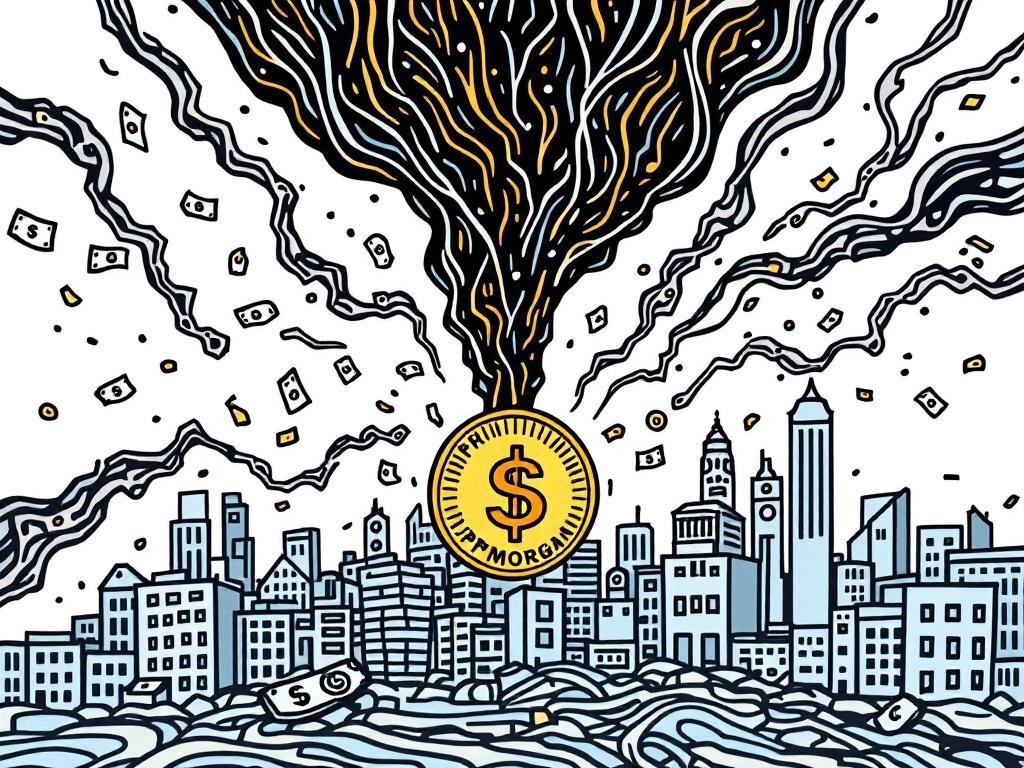JPMorgan Flags AI as a Driver of Rising Unemployment Amid U.S. Recession Concerns

New York, Saturday, 2 August 2025.
JPMorgan warns that AI-driven automation is increasingly replacing traditional jobs, contributing to a drop in labor demand and signaling potential economic downturns, necessitating business leader vigilance.
AI’s Rising Influence on Unemployment
A recent analysis by JPMorgan highlights the potentially disruptive role Artificial Intelligence (AI) is playing in the United States labor market. Significantly, there is evidence of AI contributing to an increase in unemployment as automation increasingly replaces traditional jobs. This concern is amplified by the release of a new jobs report which shows labor demand has markedly declined, a notorious precursor to economic slowdowns. The jobs report, released on July 31, 2025, reported payroll growth of only 73,000 in July, notably below the expected 100,000, suggesting an economic downshift [1].
Declining Labor Demand as a Recession Indicator
The report sheds light on a deeper issue; a slowdown in labor demand is often a harbinger of economic retrenchment. JPMorgan economists have pointed out that such declines usually signal a recession. Traditionally, firms maintain hiring during temporary growth slowdowns. However, a persistent slide in labor demand, combined with economic growth downshifts, escalates the risk of recession [1]. Over the past few months, job growth has been revised downward drastically, with only an average gain of 35,000 jobs, well below typical expectations [1].
Impact on Economic Policies
The broader measure of unemployment, known as the U-6 gauge, which includes underemployed and discouraged workers, has risen by 0.4 percentage points in 2025. However, the headline unemployment rate has remained stable between 4% and 4.2% [1]. This stability in the main unemployment figures gives an inadequate view of the actual picture, as the rise in the U-6 gauge points towards increasing economic distress among the workforce. This situation is influencing the U.S. Federal Reserve’s monetary policy considerations, as signs of reduced job creation mount alongside economic uncertainties [1].
Business Leaders’ Response and Future Outlook
Business leaders are urged to factor in these emerging trends as they strategize for the future. While some economists, like Brad DeLong, suggest that current challenges stem more from economic and policy uncertainties than from AI advancements alone, the integration of AI into business processes remains a significant concern [1]. Looking forward, companies may need to balance technological efficiencies with human capital strategies to mitigate adverse economic impacts [1]. As such, both business leaders and policymakers must navigate the complexities of technological progress while addressing potential labor market disruptions.